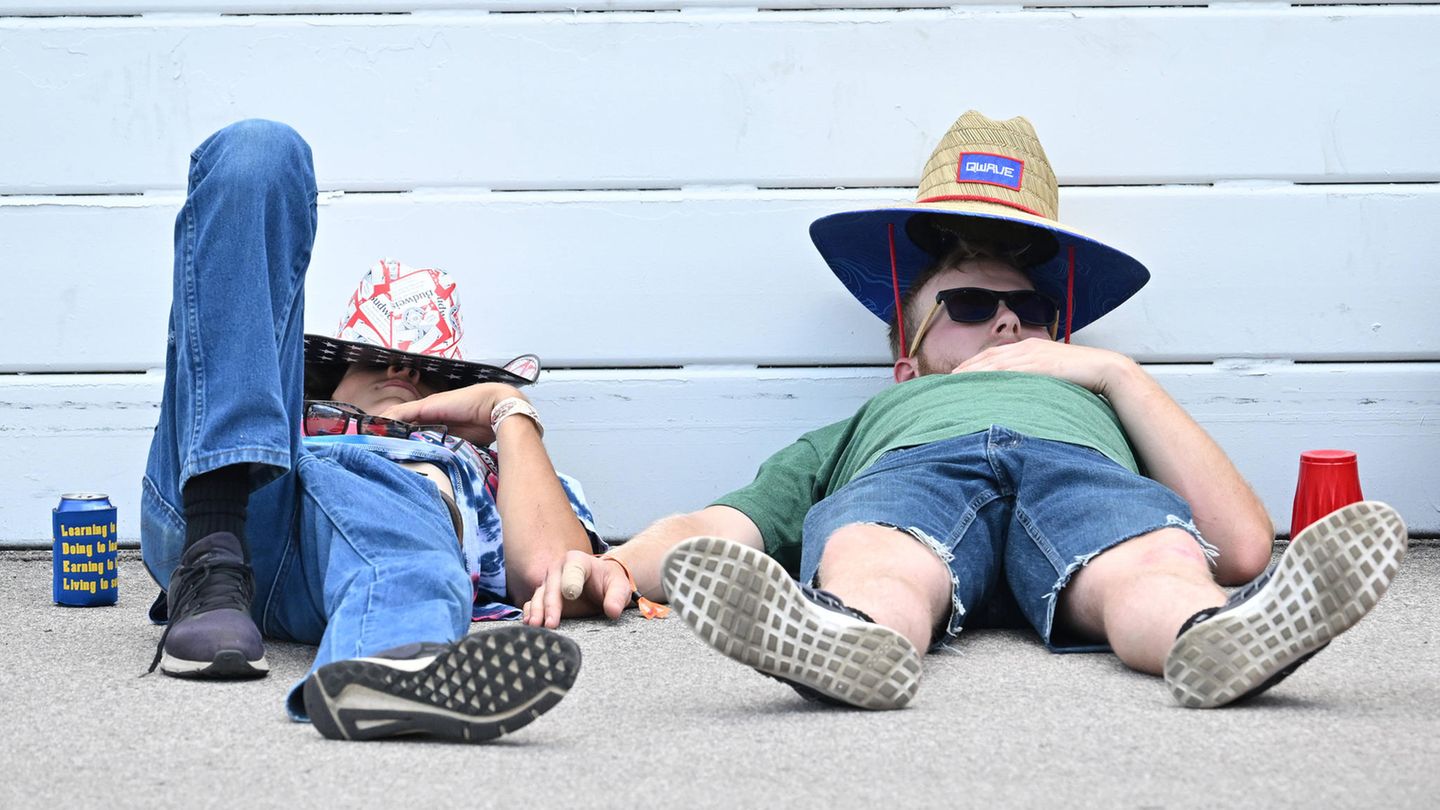A nap in between is never wrong. But what if you can’t do without it? A study found that people who take regular daytime naps have a higher risk of stroke.
Just close your eyes and snooze for a few minutes before the labor continues. Gather some strength. The nap in between can be an energy booster. But if you regularly sleep in the middle of the day, you should reconsider this habit. A new study has now found that the habit of napping can be linked to an increased risk of high blood pressure and stroke.
With the results, which have now been published in the specialist journal “Hypertension”, some people may in future prefer to stick matches in their eyes instead of lying on their ears. They suggest that people who nap regularly have a 24 percent higher risk of suffering a stroke than people who don’t or only rarely do so. The probability of high blood pressure is increased by 12 percent, and by as much as 20 percent in people over the age of 60. By comparison, people who only napped occasionally during the day increased the risk of high blood pressure by 7 percent and that of a stroke by 12 percent.
How dangerous is the nap?
But don’t panic: a nap alone doesn’t bring death. It’s not harmful. The crux of the matter lies much more in the question of why the short interlude between sleeps is necessary at all. A study published in March found that napping can actually be an early sign of dementia. For many, however, the answer can be found at night. “Poor sleep at night is associated with poorer health, and a nap is not enough to offset this,” psychologist Michael Grandner told CNN. He was not involved in the study.
Sleep quality can be affected by many factors. In addition to insomnia, snoring is also a factor, as are factors such as smoking or alcohol consumption. One or more of these factors applied to most of the study participants who regularly took naps during the day. The research team also found that they were more likely to be male, older, non-European and less educated, with lower income and higher body mass index. Those who sleep a lot also reported that they were generally in poor health, and it was not uncommon for them to have problems sleeping. But if you sleep too little or too badly at night, you carry this deficiency with you into the day, which can lead to excessive daytime sleepiness and an excessive desire to sleep.
The nap as a warning sign
Sleep specialist Raj Dasgupta believes that in certain people, napping is a warning sign of an underlying sleep disorder. He is convinced that a short sleep sequence of 15 to 20 minutes at lunchtime between 12 and 2 p.m. is the right way to compensate for a lack of sleep. Especially since other studies indicate that a nap is even beneficial to health. A study just last year found that napping can improve cognitive abilities. Dasgupta advises people who suffer from chronic sleep problems not to take a nap. This can lead to not being able to fall asleep at night. “Trouble sleeping is associated with increases in stress and weight-regulation hormones, which can lead to obesity, high blood pressure and type 2 diabetes — all risk factors for heart disease,” he told CNN.
For the study, the researchers from China used data from almost 360,000 Britons between the ages of 40 and 69 from the UK biobank. The participants had regularly provided blood, urine and saliva samples between 2006 and 2010 and reported on the frequency of their naps once a year. However, the question was only about the frequency and not about the duration of sleep. In addition, the majority of the study participants were “middle-aged Europeans”, as study author E: Wang explained restrictively. The results may therefore not be transferrable to people of all ethnic groups.
Sources:, , ,
Source: Stern




